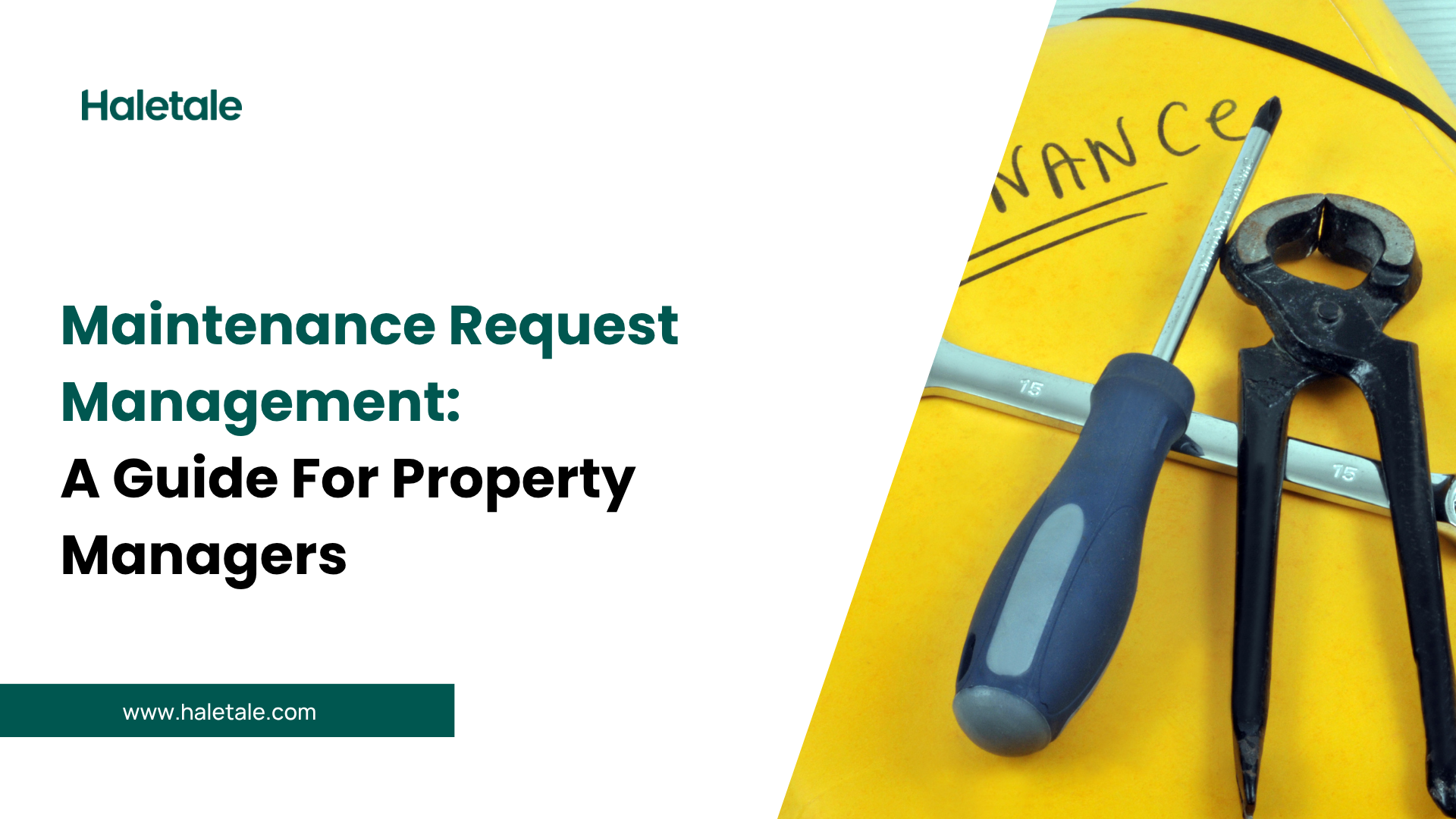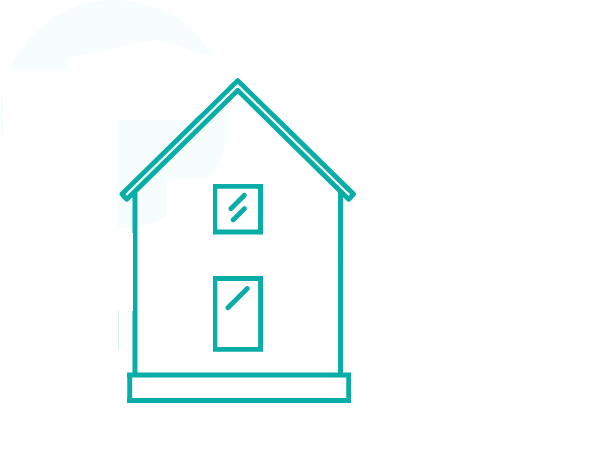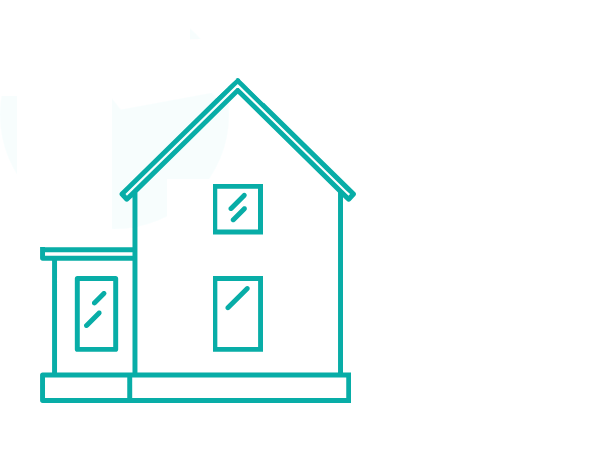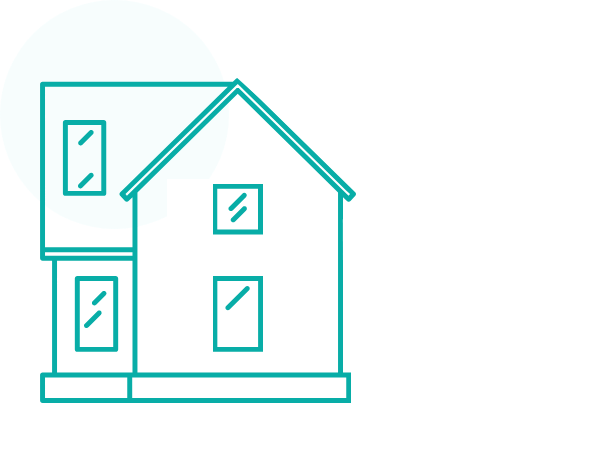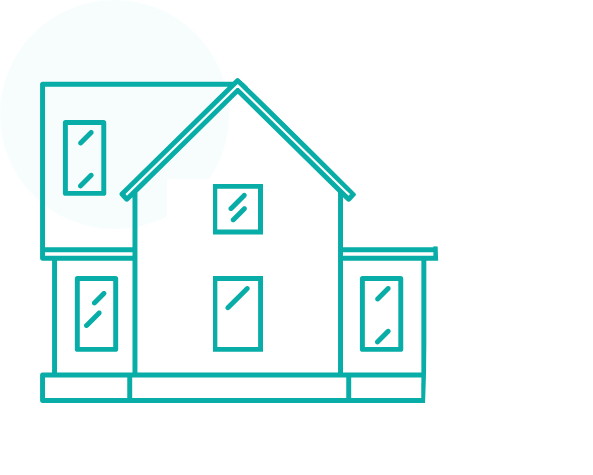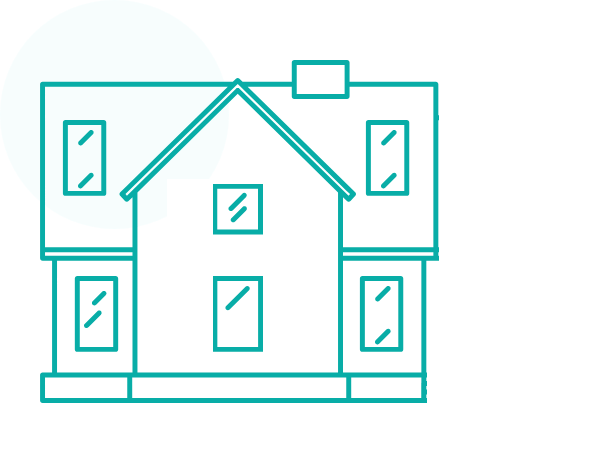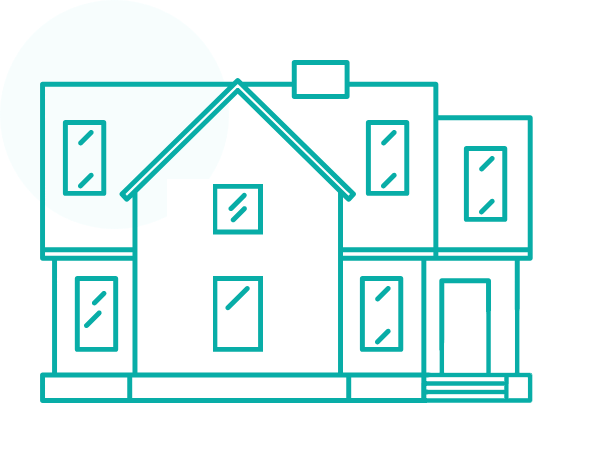Maintenance Request Management: Digital vs Traditional – A Complete Guide for Property Managers
Managing maintenance requests efficiently is critical for property managers who want to maximize tenant satisfaction while controlling operational costs. This comprehensive guide explores the key differences between traditional maintenance request management and modern digital solutions powered by property management software.
We’ll examine how workflow automation transforms maintenance coordination, the dramatic impact on tenant satisfaction, and how digital cost tracking provides financial insights that traditional methods simply cannot match. Whether you’re managing a handful of units or an extensive portfolio, understanding these differences is essential for staying competitive in today’s property management landscape.
For property managers ready to embrace digital transformation, solutions like Haletale’s property maintenance management system offer comprehensive features including tenant portals for request submission with photo and video documentation, contractor coordination tools, real-time status updates, and group notifications for building-wide communications—all designed to streamline operations and enhance the tenant experience.
The Traditional Maintenance Request System: Where We Started
Traditional maintenance request management typically involves a combination of phone calls, paper work orders, email chains, and manual spreadsheets. A tenant calls the property manager about a leaking faucet, the manager writes down the details, manually contacts a contractor, follows up via phone, and tracks expenses in a spreadsheet or ledger.
While this system worked for decades, it comes with significant limitations. Paper-based systems are prone to human error—requests get lost, details are forgotten, and there’s no clear audit trail. Phone tag between tenants, property managers, and contractors wastes valuable time. Most critically, traditional methods provide no real-time visibility into maintenance workflows, making it nearly impossible to track response times, monitor costs effectively, or measure tenant satisfaction.
The traditional approach also creates bottlenecks. When a property manager is unavailable, maintenance requests pile up. There’s no self-service option for tenants, meaning every single issue—from emergency repairs to routine maintenance—requires direct communication with management. This creates unnecessary stress for both parties and often leads to delayed responses that frustrate tenants and potentially cause minor issues to escalate into major, costly repairs.
The Digital Revolution: Property Management Software Transforms Maintenance
Modern property management software has fundamentally changed the maintenance request landscape. Digital platforms centralize all maintenance activities into a single, accessible system that connects tenants, property managers, and contractors in real-time.
How Digital Maintenance Request Management Works
With contemporary property management software, tenants can submit maintenance requests directly through a tenant portal—available 24/7 from any device. They can describe the issue in detail, attach photos or videos showing the problem, and submit the request instantly without waiting for office hours or playing phone tag.
For example, platforms like Haletale enable tenants to create maintenance requests through an intuitive portal where they can not only describe issues but also share visual documentation. This visual element is crucial—a picture of water damage or a video of a strange noise provides contractors with critical information before they even arrive on-site, enabling them to bring the right tools and parts on the first visit.
Once submitted, the property management software automatically routes the request to the appropriate person. Property managers receive instant notifications and can assess priority levels, assign contractors, and track progress—all from a centralized dashboard. Contractors receive detailed work orders with all necessary information, including tenant contact details, property access instructions, and visual documentation.
Throughout the repair process, all parties stay informed. Tenants receive automatic updates when contractors are assigned, when they’re en route, and when work is completed. Property managers maintain visibility into every active request without constant phone follow-ups. This transparency builds trust and significantly improves tenant satisfaction.
Workflow Automation: The Game-Changer
Perhaps the most significant advantage of digital maintenance request management is workflow automation. Property management software can automate repetitive tasks that traditionally consumed hours of manual work.
Automated Routing and Assignment
When a maintenance request comes in, intelligent property management software can automatically route it based on predefined rules. Emergency requests (like gas leaks or flooding) can be flagged immediately and sent to emergency contractors. Routine maintenance can be assigned to regular vendors based on their specialty, availability, or location.
This automation eliminates the manual triage process and ensures that urgent issues receive immediate attention while routine requests are handled efficiently without overwhelming staff.
Scheduled Maintenance and Proactive Notifications
Beyond reactive maintenance, modern property management software excels at preventive maintenance. Systems can automatically schedule recurring maintenance tasks—HVAC filter changes, fire alarm testing, pool maintenance—and send notifications to both staff and tenants.
Group notification features are particularly valuable for building-wide activities. When fire testing is scheduled, or amenity areas need to be closed for maintenance, property managers can notify all affected tenants simultaneously through the platform. This ensures compliance with safety regulations while keeping residents informed and minimizing complaints.
Contractor Communication Streamlining
Traditional maintenance coordination often involves dozens of phone calls and text messages to contractors. Digital systems streamline this entirely. Contractors can access work orders through the platform, update job status in real-time, submit completion photos, and even invoice directly through the system.
This integration means property managers spend less time coordinating and more time on strategic activities. Contractors appreciate the clear communication and detailed information, which helps them complete jobs more efficiently.
Tenant Satisfaction: The Ultimate Metric
Tenant retention is significantly more cost-effective than tenant acquisition. Maintenance request handling is one of the top factors affecting tenant satisfaction—and by extension, retention rates and online reviews.
Transparency Builds Trust
Digital maintenance request management provides tenants with unprecedented transparency. They can see exactly when their request was received, who’s been assigned, and the current status. This visibility alone dramatically reduces anxiety and complaint calls.
When tenants submit a request through property management software and receive an immediate confirmation, they know their issue hasn’t been ignored. When they see updates—”Contractor assigned,” “Scheduled for Thursday 2-4pm,” “Work completed”—they feel informed and valued.
Faster Response Times
Speed matters in maintenance. A leaking pipe reported on Monday that doesn’t get addressed until Friday can cause significant damage and serious tenant frustration. Digital systems dramatically reduce response times by eliminating communication delays.
Automated notifications ensure requests never sit unseen in an email inbox. Mobile access means property managers can assign contractors even when away from the office. The streamlined workflow means tenants see action within hours rather than days.
Self-Service Empowerment
Modern tenants expect digital convenience. Property management software provides self-service capabilities that empower tenants to submit requests on their schedule, check status at any time, and access maintenance history—all without waiting for business hours or making phone calls.
This autonomy improves satisfaction while simultaneously reducing the administrative burden on property management staff. It’s a win-win that directly impacts renewal rates and property reputation.
Cost Tracking: From Guesswork to Data-Driven Decisions
Maintenance expenses represent one of the largest operational costs in property management. Traditional tracking methods—spreadsheets, paper receipts, manual entry—provide limited visibility and make it difficult to identify cost-saving opportunities.
Real-Time Expense Visibility
Property management software provides real-time cost tracking for every maintenance request. From initial submission through completion, all costs are documented digitally—labor hours, materials, contractor fees, and any additional expenses.
This visibility enables property managers to monitor maintenance budgets in real-time rather than discovering overages at month-end. They can identify which properties, units, or systems are consuming disproportionate resources and take corrective action proactively.
Vendor Performance Analytics
Digital systems track more than just costs—they track contractor performance. Which vendors complete jobs quickly? Who consistently comes in under budget? Which contractors receive the highest tenant satisfaction ratings?
This data-driven approach transforms vendor management from relationship-based to performance-based. Property managers can make informed decisions about which contractors to use, when to negotiate better rates, and when to find alternative providers. Over time, this optimization can reduce maintenance costs by 15-25% while improving service quality.
Preventive Maintenance ROI
Property management software makes it easy to track preventive maintenance schedules and measure their impact. By maintaining detailed histories for each unit and system, managers can identify patterns—recurring issues that might indicate underlying problems or opportunities for proactive replacement before expensive failures occur.
For example, if HVAC service calls spike for units with systems over 15 years old, the data might justify proactive replacement programs. While upfront costs are higher, avoiding emergency repairs and tenant turnover delivers significant ROI.
Budget Forecasting and Reporting
Historical maintenance data becomes invaluable for budgeting. Property management software can analyze past expenses to project future maintenance costs with far greater accuracy than traditional methods. This enables more precise budget planning and helps justify capital expenditure requests to property owners.
Automated reporting also simplifies owner communications. Rather than manually compiling maintenance reports, property managers can generate comprehensive reports showing all maintenance activity, costs, trends, and comparisons against budget—often with a single click.
Making the Transition: Digital vs Traditional in Practice
For property managers still using traditional methods, the benefits of digital maintenance request management are clear. However, transition concerns are valid. Implementation requires initial investment, staff training, and change management.
The good news is that modern property management software is designed for easy adoption. Cloud-based platforms require no complex IT infrastructure. Intuitive interfaces minimize training time. Many systems offer migration support to transfer existing maintenance records and tenant information.
The transition is typically faster and easier than anticipated. Most property management teams are fully operational on new platforms within 2-4 weeks. Tenants, especially younger demographics, often adopt digital tools immediately and enthusiastically.
Return on investment typically manifests within the first few months through reduced administrative labor, fewer missed maintenance requests, improved tenant retention, and better cost control. For property managers handling more than 50 units, the efficiency gains alone usually justify the software investment.
The Verdict: Digital Wins by Every Measure
When comparing digital versus traditional maintenance request management across the dimensions that matter most—workflow efficiency, tenant satisfaction, and cost control—property management software delivers superior results in every category.
Digital systems eliminate the communication gaps, documentation losses, and delays inherent in traditional methods. Workflow automation reduces administrative burden while improving response times. Tenant portals with photo and video submission capabilities, contractor coordination features, and real-time updates transform maintenance from a source of friction into a competitive advantage.
Cost tracking capabilities provide financial visibility that simply isn’t possible with manual systems, enabling data-driven decisions that optimize maintenance spending while maintaining or improving service quality.
For property managers committed to operational excellence, tenant satisfaction, and financial performance, adopting comprehensive property management software isn’t just an upgrade—it’s a fundamental requirement for competing effectively in today’s market.
Frequently Asked Questions
What is property management software?
Property management software is a digital platform that centralizes and automates key property management functions including tenant communications, maintenance request management, lease administration, rent collection, and financial reporting. Modern systems provide web and mobile access for property managers, tenants, and contractors.
How does digital maintenance request management improve response times?
Digital systems improve response times by eliminating communication delays inherent in phone tag and email chains. Tenants can submit requests 24/7 through portals. Property managers receive instant notifications and can assign contractors immediately, even from mobile devices. Automated routing ensures urgent issues are prioritized and handled promptly.
Can tenants submit photos and videos with maintenance requests?
Yes, modern property management software allows tenants to attach photos and videos when submitting maintenance requests through tenant portals. This visual documentation helps contractors understand issues before arriving on-site, enabling them to bring appropriate tools and parts on the first visit, which reduces resolution time.
How does maintenance request software help with cost tracking?
Property management software tracks all maintenance costs in real-time, documenting labor, materials, contractor fees, and additional expenses for every work order. This provides visibility into maintenance budgets, enables vendor performance comparison, identifies cost-saving opportunities, and generates automated reports for property owners.
What are group notifications in property management software?
Group notifications allow property managers to send messages to multiple tenants simultaneously through the platform. This is particularly useful for building-wide announcements like scheduled fire alarm testing, amenity closures for maintenance, or emergency notifications, ensuring all affected residents receive timely information.
Is property management software difficult to implement?
Modern cloud-based property management software is designed for easy implementation. Most systems require no complex IT infrastructure, offer intuitive interfaces that minimize training time, and include migration support for transferring existing data. Most property management teams become fully operational within 2-4 weeks.
How does digital maintenance management improve tenant satisfaction?
Digital systems improve tenant satisfaction through transparency, faster response times, and convenience. Tenants can submit requests anytime, receive immediate confirmations, track status in real-time, and access maintenance history—all without phone calls during business hours. This visibility and responsiveness directly increases satisfaction and retention.
Can contractors access maintenance requests directly?
Yes, most property management software platforms allow contractors to access assigned work orders directly, view detailed descriptions and photos, update job status in real-time, submit completion documentation, and even invoice through the system. This streamlines coordination and reduces communication overhead for property managers.

